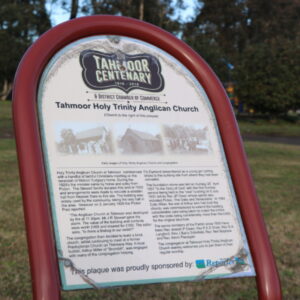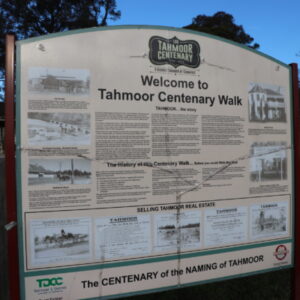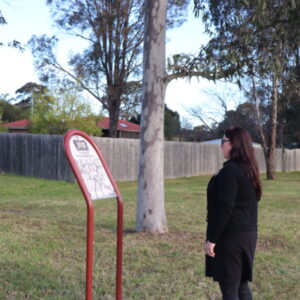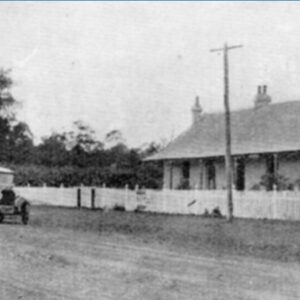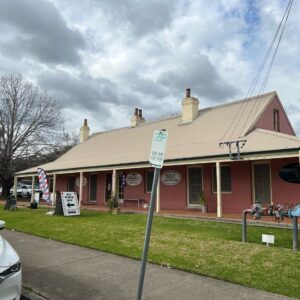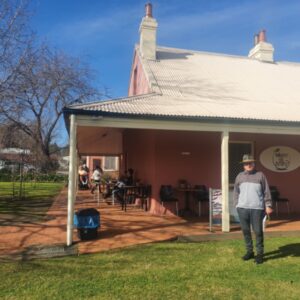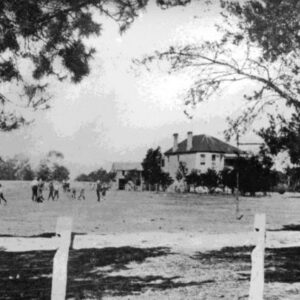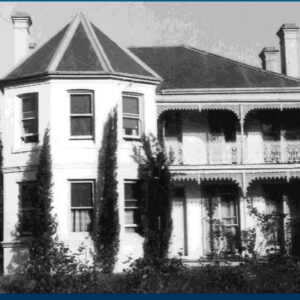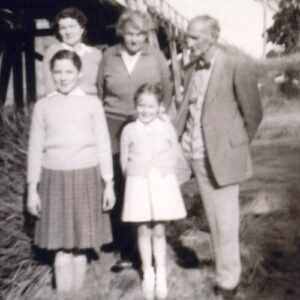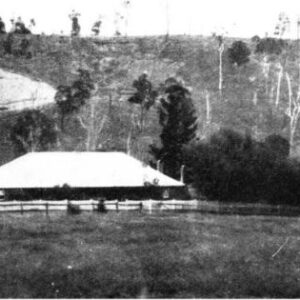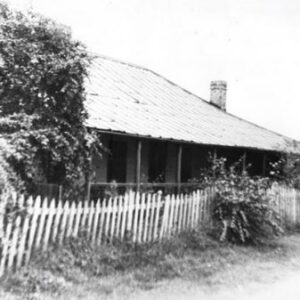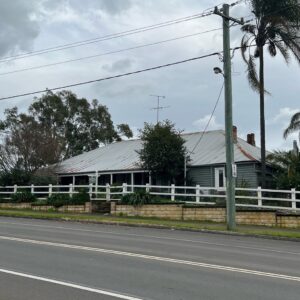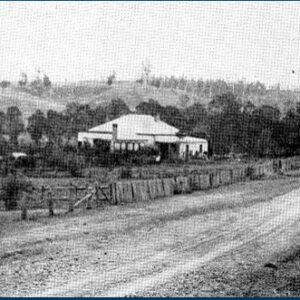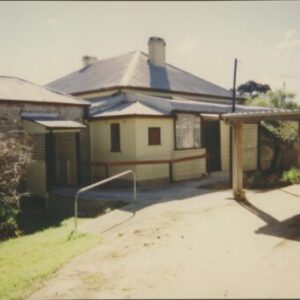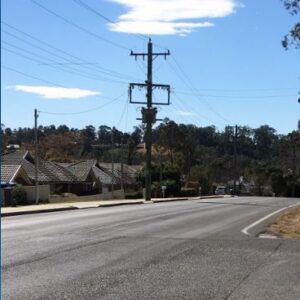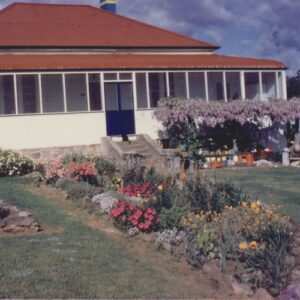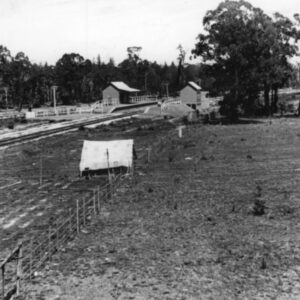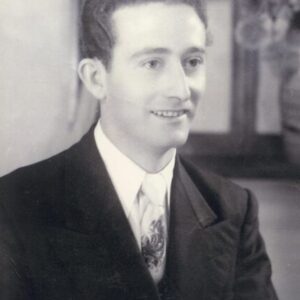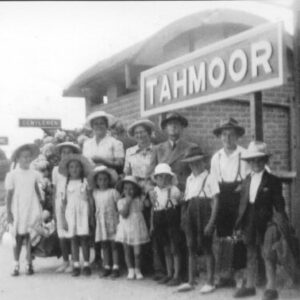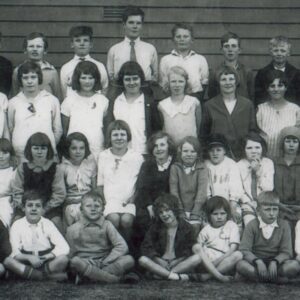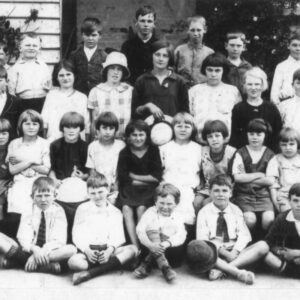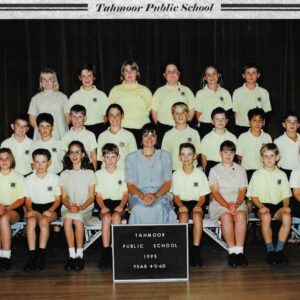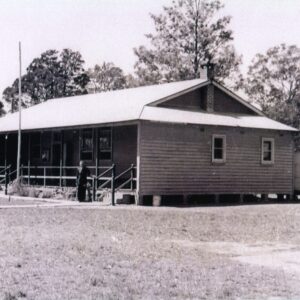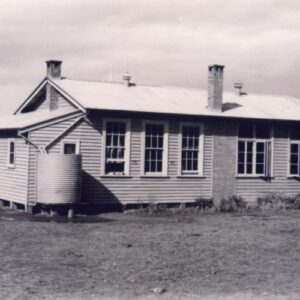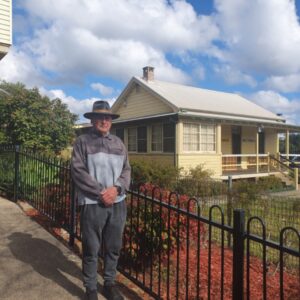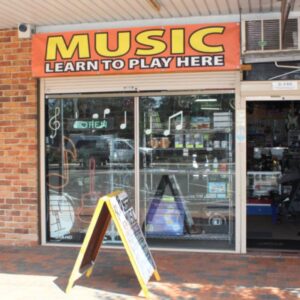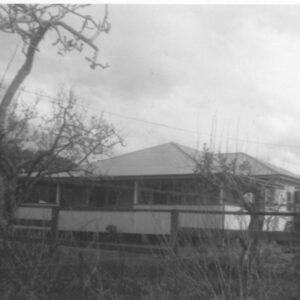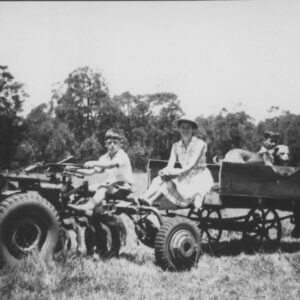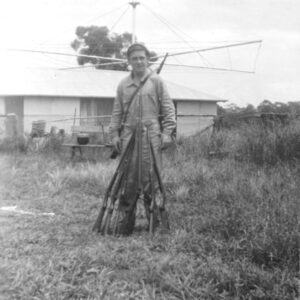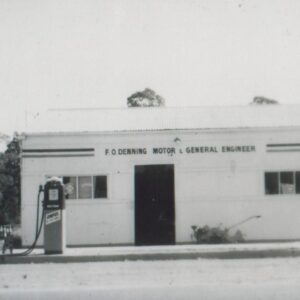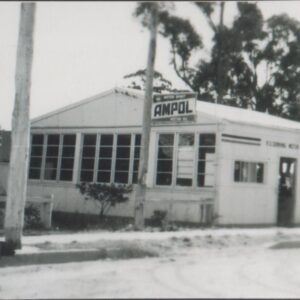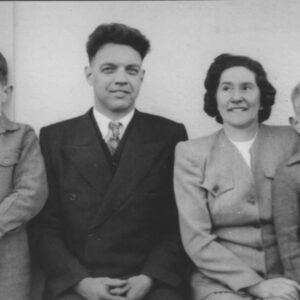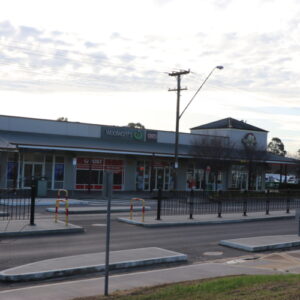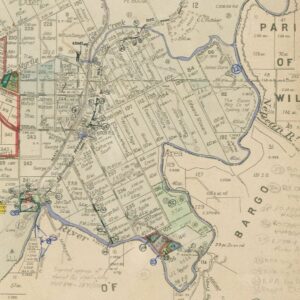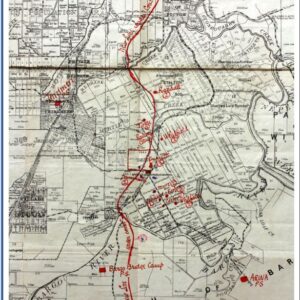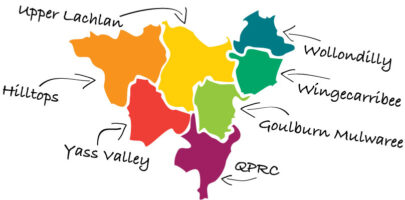![]()
Tahmoor was part of the traditional lands of the Gundungurra and Tharawal aboriginal communities. The word Tahmoor was a local aboriginal word for the common bronzewing, a native pigeon to the area.
Being part of the “forbidden land” of the Cow pastures, white settlement did not occur until 1822 although explorers had been travelling through the area for more than 20 years and settlers were given permission by government to move their stock through the area to better pasture.
The stories have been gathered below from the community. These reflect the rich and complex history of Tahmoor. The memories we hold and the stories passed down through families. It’s a vibrant place full of heritage and living history.
Tahmoor Centenary Walk
The walk is located in Tahmoor Main Street across the road from the shopping centre. The town of Tahmoor celebrated its 100 year anniversary in 2016 and established the Tahmoor Centenary Walk to commemorate 1916 to 2016. The walk highlights historic events, organisations, churches, places of interest and local treasured stories such as How the Bronzewinged Pigeon came to be. The walk consists of a series of plaques, approximately twenty metres apart and information boards.
Next time you are in Tahmoor, head on down to the Centenary walk and immerse yourself in the rich history of Wollondilly!
How the Bronzewinged Pigeon came to be was written by Frances Bodkin. Aunty Fran is a knowledge holder of the D’harawal people. Sharing the ancient culture of the D’harawal people. The natural rhythms and lessons, language, nature and people that underpins Aboriginal life. Head to Frances Bodkins Website to learn more!
DENFIELDS VILLA
Built c1859 by John Ashcraft, Denfields operated for a very short time as an inn under the sign “The Australian Arms”. Two rooms in the building were used in 1872 for the first government school in Tahmoor under the name “Bargo. In May 1876, the property was sold and named “Denfield Villa” by the new owners. By this time the school had moved to another location however in 1881 the property was leased to the Department of Education as a residence for the teacher, the building being described at that time as ‘…a comfortable residence, contains 12 rooms, with kitchen, outhouses, garden and 80 acres of lands fenced…’. In 1892 a post office was established in the building which operated until 1902 initially as “Bargo” and then as “Cordeaux”. John Stewart bought the property in the early 1900s and established the “Denfield Poultry Farm” and in 1925 part of the building was again used as the post office.
In the 1960s Bernard and Ena Miles conducted a furniture store in Denfields. Fast forward another 60 years and Denfields is now home to a cafe and hairdresser.
STRATFORD HOUSE TAHMOOR
Stratford House is said to be designed by architect George Allen Mansfield (1834– 1908) and built in the 1880s by Picton builder, William Pritchard for the Gorrick family. Originally the house was named Waratah. From 1914 to 1916 the residence was leased by Percival Campbell Johnston/e as a boarding and day school for boys under the name ‘Picton College, Cordeaux’. The College closed on Mr Johnston’s death. Tahmoor public school was conducted in part of the building from late 1917 until the end of 1919. The Gorrick family made the home available for many community meetings and gatherings. It was the venue of the first Presbyterian and Church of England Church services in Tahmoor in the early 1920s.
Bertha Lawson, widow of Henry Lawson was a regular visitor to the Gorrick family with her poet and writer friend Will Lawson. Bertha and Will often stayed in a hut on the Bargo River Reserve.
In the late 1920s Maud Richardson and her two daughters Beatrice and Lilian ran a guest house and camping ground at the property.
The Gorricks retained ownership until the 1960s. The property is now being developed as a retirement village. There will be a number of private roads named within the village commemorating the Gorrick family.
TAHMOOR HOUSE
Tahmoor House stands on part of a 50 acre government grant made to ex-convict Edward Doyle on 1 November 1822. Doyle arrived in Sydney Cove from Dublin, Ireland in 1806 aboard the Tellicherry. With the assistance of two assigned convicts, he built a dwelling on the land and grew crops. In 1824 Doyle made representations to the Colonial Secretary to sell “retail ale and spirituous liquor” without a licence as the population was not that numerous to enable him to pay for a licence, stating however “…that travellers are extremely inconvenienced for the want of accommodation…”. Not surprisingly his application was refused and later that year Doyle sold his property to German born William Klensendorlffe who had served in the British Navy. Klensendorlffe did have the means to pay for a publican’s licence which he received in 1825, and substantially added to Doyle’s dwelling. Known as “Klensendorlffe’s” it was the first licenced public house in the district. The Sydney Gazette mentioned the inn when Ralph Hush was the publican in April 1832: “…Myrtle Creek, a picturesque spot embellished by a good inn, the sign of “The Traveller”; built by Mr. W. Klensendorlffe, and now kept by Ralph Hush, where you will greatly rejoice in a hospitable reception, excellent fare and moderate charges” (SG 26 April 1832: 3). It was licenced as an inn from 1825 to 1867 and also known by the sign of “The Pastoral Inn”. Another well known owner and licensee was James Crispe who was known for his “courtly bow”. Crispe later became licensee of the George Inn in Picton. For a time the former inn was advertised as an “accommodation” house before being leased as a residence.
Klensendorlffe had purchased adjoining properties increasing the landholding to several hundred acres which at one time was referred to as “the Myrtle Estate”. George Bradbury bought the residence and land in 1879 naming the property “Leigham Holme”. Bradbury was involved in the formation of the Picton and Camden Agricultural Society and the Picton Progress Association in the early 1880s and was appointed a Police Magistrate in 1882. Bradbury sold the property to developers in 1920 who subdivided the land naming it the” Tahmoor Park Estate”. It was from this time the house was known as “Tahmoor Park House” and later “Tahmoor House”. For several years, the new owner John Sanderson ran a boarding house and tea rooms, a regular guest being Prime Minister Scullin.The house was divided into flats in the 1960s-70s and fell into disrepair; until a new owner refurbished the old building. In recent years it received a makeover, featuring on “Selling Houses Australia”.
IRONMONGIE TAHMOOR
Located on Remembrance Drive south of Tahmoor House, Ironmongie was built in 1888 by police magistrate Charles Butler. Initially the home was named “Couridjah”. In 1901, the family of John Johnstone Robertson had moved into the property, his wife Isabel being a sister of Charles Butler’s wife – John Robertson was also a police magistrate. Two sons of John and his wife Isabel enlisted in the First World War. Malcom was captured in France in May 1917 and became a POW in Germany. Prior to his capture, Malcolm was awarded the Distinguished Conduct Medal for “conspicuous gallantry in action”. Struan Robertson was a Gallipoli veteran. Wounded in Gallipoli and again in France resulting in his early discharge and return to Australia. Struan and his wife later lived in what was Station Street. For many years he delivered the mail between Tahmoor, Bargo and Pheasants Nest. In 1962 Station Street was renamed Struan in his honour at the instigation of the Progress Association. Mrs Pauline Payten bought the property in 1938 and named it ‘Ironmongie’ after her family’s property in Cooma. The present-day owner of Ironmongie has carried out extensive refurbishment to the property.
Tahmoor Train Station
Tahmoor station is a heritage-listed railway station situated on the Main South line in Tahmoor. Tahmoor Station opened with the completion of the double track deviation between Picton and Mittagong which opened on 13 July 1919.
The Station featured the admired Fettlers Garden, which was initiated by the progress association. An article was published in the December 1928 edition of the Sydney Mail 26th Dec1928 with an image of the garden:
A Bright Spot at Tahmoor
This is the Fettlers garden at Tahmoor Railways Station. It is very well kept and is much admired by passing travellers.
Tahmoor Public School
Sue Davis was the Assistant Principal. Here Sue reminisces about her time teaching the gifted and talented class at Tahmoor Public School.
Tahmoor Public School
Tahmoor Public School started out as one building with less than 30 children. More that one hundred years later, the school is bigger than ever with more than 400 students! Tahmoor Public school was established in in 1920 and is situated on the southern end of Tahmoor. It is believed that the first building came from the old Arina school (Arina Bargo ). Another building came from Nepean or Avon Damn, was added onto another classroom in 1928, and building is still there today! Today Tahmoor Public school is a combination of modern building and 100 year old original buildings. The school is surrounded by a large playground and award winning gardens.
River Road Creative Academy
River Road Creative Academy is nested amongst a strip of shops on Remembrance Driveway, Tahmoor. The owner, Patrick Nellestein, is a music and production teacher with 20 years experience in the industry. In fact he started his music journey in the same building that he now runs his own music shool!
Baker House, Rockford Road.
Frank’s family settled in Tahmoor in 1954. They moved into an old house which was the old Whitfield farm and farrier shop where the previous owner used to shoe horses. Franks father built the new house that stands today in 1955 or 1956. Franks father would pull down the old house, bit by bit so that the family could live in the house while the new house was being built. The old timber that was pulled down was then recycled into chook sheds!
Franks family then run an egg farm. The eggs were collected, cleaned and packed into crates, then picked up by the carrier and sent to the Egg Marketing Board in Sydney.
Thank you Frank for sharing with us the history of your home
Dennings Garage now Woolworths Tahmoor
The Dennings Garage was owned by Oswald Dennings. The Station had two bowsers positioned right on the footpath. Oswald also sold machinery, second parts etc. Dennings Garage is now the location for Tahmoor Woolworths.
A little bit of history.
Tahmoor was officially named in 1916, prior to that date the locality was generally known as Myrtle Creek so named for the myrtle trees (IBankhousia myrtlefolio) that grew along its banks, or Bargo, present day Bargo being known as West Bargo and Wilton as East Bargo.
The first land grants in Tahmoor date from November 1822, ranging in area from 30 to 80 acres the recipients being mostly ex convicts. Development was slow, by 1841 only 43 people were recorded as living in Myrtle Creek. An inn was catering to travellers from 1825, a second opened in 1860 however both inns had closed by 1867 when the railway line was extended from Picton to Mittagong via Thirlmere and Buxton. A public school opened in 1872 under the name Bargo. Closing in 1883 it was re-opened some months later under the name “Myrtle Creek”. This school closed in 1904.
A post office was opened in 1892 under the name West Bargo but was changed to Cordeaux by which the locality was known for some years as well as being referred to as “Bargo Road, Picton”. The post office closed in 1902. It was not until construction was underway on the railway deviation from Picton to Mittagong in 1915 that the area established its identity. Hundreds of railway workers, some with families, camped in tents near Myrtle Creek bridge and the Bargo River bridge. This influx of people brought about the need for post office facilities and schooling for the children of the railway workers. Various names were put forward however the Department of Railways made the decision to name the new railway platform Tahmoor and the Postal and Education Departments followed suit. The Tahmoor Post Office officially opened on 1 September 1916. The former Bargo Bridge Camp school became Tahmoor Public School on 20 September 1917.
The railway deviation from Picton to Mittagong was opened without fanfare on 13 July 1919. It was the end of the First World War and also a time of epidemic with travel restrictions.
The population had started to increase from the 1870s-80s, farming and fruit growing being the main industry. In the 1890s Johannes Knauer was growing grapes and making wine on his property in today’s River Road. The coming of the railway brought many new settlers to the district. Land was subdivided, streets laid out and named in the same design as Sydney – Chapman Street was initially proposed to be named “Martin Place”. Small farms outside the subdivided land were taken up and orchards established.
The Great South Road became the Hume Highway and with the increasing use and affordability of the motor car, the roads were once again busy with travellers. Small general stores with petrol bowsers opened, along with camping grounds and roadside stalls selling fruit and vegetables. The public school was moved to the site that was reserved for it in 1877. A Progress Association was formed in 1919 and lobbied local and state government for better roads, the Association also acted as a Parents and Citizens Association for the school supplying material and labour to build weather sheds and fencing. Working bees were held to create a playground near the station on land the Association had purchased, and it was successful in having reserves created off Rockford Road for access to Mermaids Pool as well as at the Bargo River near the bridge, members clearing land and building shelter sheds. Successful agricultural shows were held in the 1920s.
The township continued to grow; many other organisations being formed within the community, Country Women’s Association in 1932, Amateur Musical and Dramatic Society, a cricket club, scouts in 1934. Tahmoor Volunteer Bush Fire Brigade was formed in January 1940 following the disastrous fires of 1939. A town with a true community spirit.
The middle map above is particularly interesting as it is a copy of the Parish Map referencing the positions of local schools, residents with school age children, and location of the railway camps at Bargo River and Myrtle Creek.
Wollondilly Shire is on Aboriginal land and the country of the D’harawal and Gundungurra peoples. While celebrating the bicentenary of Bargo, Picton and Tahmoor since European settlement we acknowledge their traditional custodianship and culture over countless generations. The deep connection of Aboriginal people to this country continues a rich tradition of culture and custodianship. May we all walk forward together into the future.
![]()
200 Bargo Tahmoor Picton is a Wollondilly Shire Council project delivered by STA and possible because for the generous contribution of Picton and District Historical and Family Society Inc., The Wollondilly Heritage Museum, Historians Trish Hill, Doreen Lyon, Marjo Hallowell and Marlane Fairfax. A special thank you to Frank Baker for his generosity, visiting locations and sharing his collection of historical images.
STA MEMBERSHIP
free & connects you to the STA universe
Reach out to us
[email protected]
0427 938 110
Or by appointment at one of our
Mobile Office locations
PO Box 1323 Goulburn 2580
ABN 67 208 214 681
We acknowledge Aboriginal people as the traditional custodians of the lands where we create, live & work.
© Southern Tablelands Arts. All Rights Reserved


